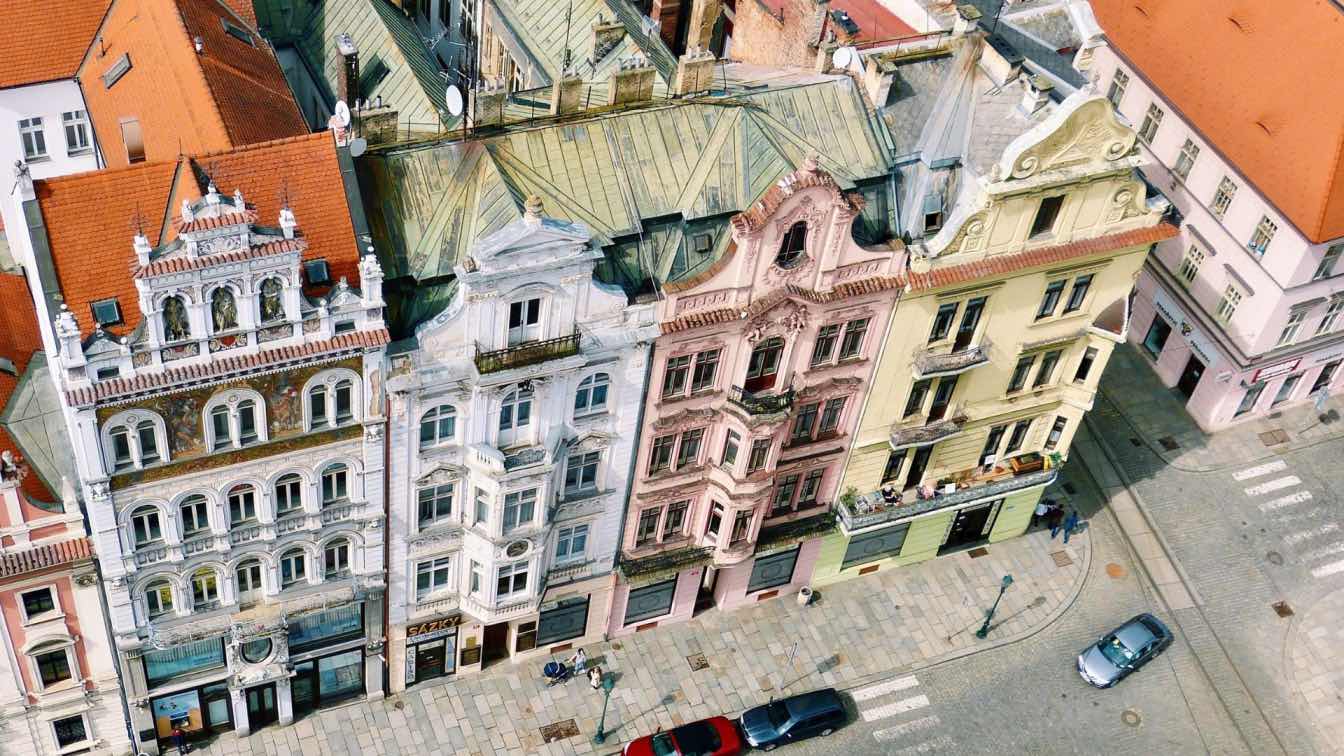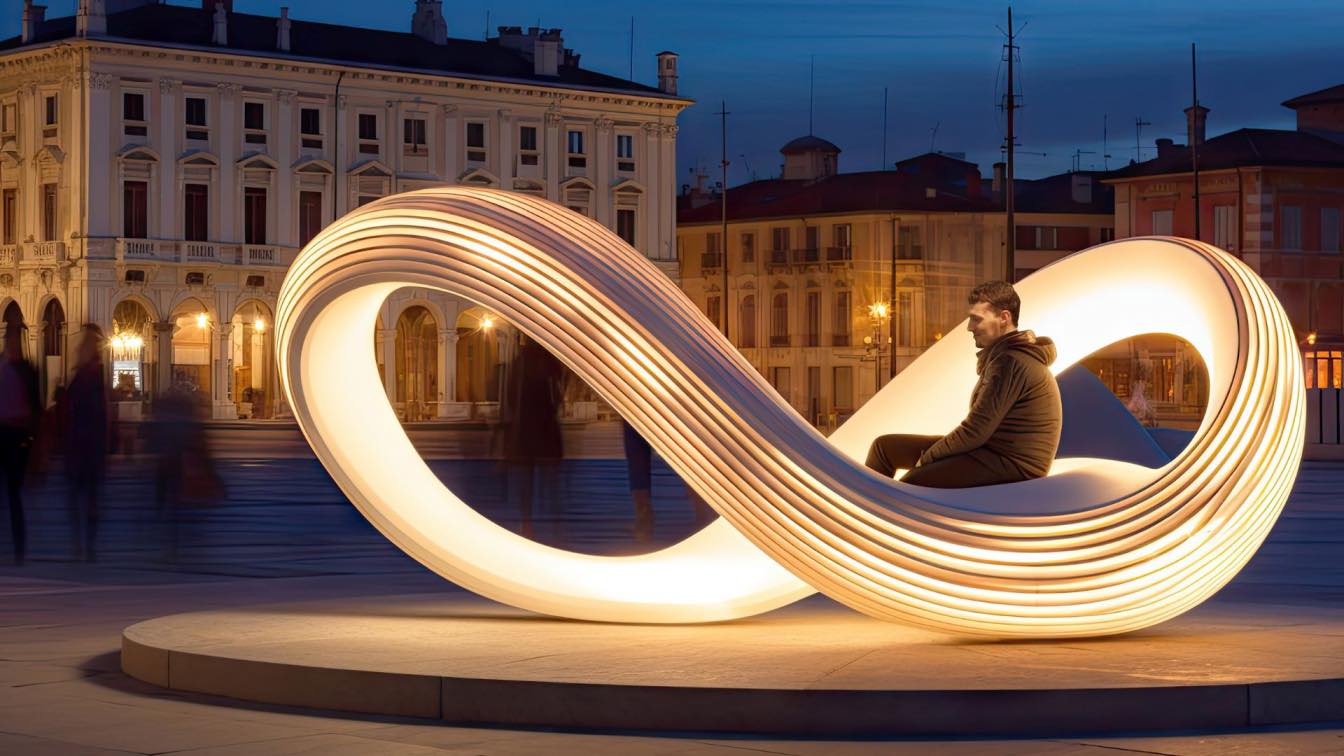Architecture is more than just groundwork and bricks. It’s a powerful visual expression of local culture, traditions, and heritage. From ancient temples to modern landmarks, the buildings keep history and tell more about the nation. Architecture shapes cultural memory and speaks about what’s valued in the country. Space and symbolism are effective ways of uniting people and showing their roots.
How Architecture Reflects Cultural and Historical Roots
For many, buildings are just buildings, but it’s a completely wrong approach. Architecture often works as a physical timeline, preserving different stages of the nation’s evolution and history. Like design and interface create the first impression about non GamStop casinos, the appearance of a house, church, museum, or any other landmark demonstrates the beliefs and legacy of a specific era.
Take the Parthenon in Athens: this iconic destination is sacred to the Greeks. Unbelievable architectural mastery is a symbol of democracy’s birth and a cradle of the world’s philosophy. Such places can actually be found in different parts of the world, and each leaves a mark. Historic Indian places, such as the Red Fort, show the grandeur of royal dynasties and date back to the roots of one of the ancient civilizations.
Tracking changes in local architecture is a chance to touch the rich history and discover more about local traditions and culture. French Gothic cathedrals also serve as a valuable example here. There’s hardly anyone who hasn’t heard of Notre-Dame de Paris, a powerful symbol of religion blended with national identity.
National Landmarks That Symbolise Identity Worldwide
Mentioning all the iconic architectural masterpieces across the world will take months, as each nation has special sights it is proud of. Many landmarks have become symbols of cities or entire countries, so let’s discuss the most renowned ones. Undeniably, the Eiffel Tower goes first here, as it’s a true miracle of 19th-century engineering. The building is synonymous with the elegance and romantic atmosphere of France, and Paris would definitely not have been the same without this sight.
On the contrary, the Sydney Opera House captures the blend of history and modernity, being one of the major music centres globally. The building celebrates the achievements of the most renowned Australian artists and places the country on the list of must-visit destinations for tourists. Many believe that architectural pearls were only created in previous centuries, and Burj Khalifa in Dubai breaks this stereotype. The highest building in the world symbolises the UAE’s passion for innovation and shows what a futuristic vision looks like. The landmarks mentioned above are iconic in countries’ representations on the global arena, making them a tidbit for travellers, investors, and historians.
Modern Architecture and Shaping a New Narrative
Preserving the masterpieces of past centuries has become the main goal of the modern era. However, it doesn’t mean that architectural miracles are not created in modernity. Historical buildings highlight traditions, and contemporary designs help countries show their progress in technologies and architecture. Dubai is the centre of innovation, and the Museum of the Future proves it once again. The unique shape and interactive exhibits show the nation’s priorities in the 2020s and beyond.
Heydar Aliyev Centre in Baku is also a pearl of modern architecture. The futuristic building reflects Azerbaijan’s desire to maintain traditions while moving forward to a more innovative vision. Such projects show countries in a new light, highlighting the changes they undergo while keeping their cultural identity.
Architecture as a Unifying Symbol in Times of Change
Architecture goes beyond crafting buildings and inventing new technologies. Updates in styles are often driven by nations’ changes during challenging periods. Conflicts and transformations after them unite people and give them the power to create something new and unique. The reconstruction of Berlin's Reichstag building is a symbol of German reunification. Adding the iconic glass dome has become a move that highlights the transition to democracy, keeping the initial appeal of this structure.
The 9/11 Memorial Museum in New York is not just a tribute to the terrorists’ victims. Besides, the building reminds visitors about the importance of sharing common pain and supporting others during complicated times. The “rebuilt” identity is often shaped in regions previously torn by conflicts. Buildings affected by wars are often complemented by modern elements, which are skilfully integrated into the historical context. When watching these landmarks, people can be inspired by architectural ideas and dip into the cultural peculiarities.
Final Words
Architecture is a living expression of national identity, from the renowned Eiffel Tower to houses in small towns, reconstructed after years of existence. Ancient monuments, symbols of resilience, and historical buildings shape countries’ shared stories and let others touch the culture. Each brick shows the nation’s soul, and admiring the masterpieces is never boring.





